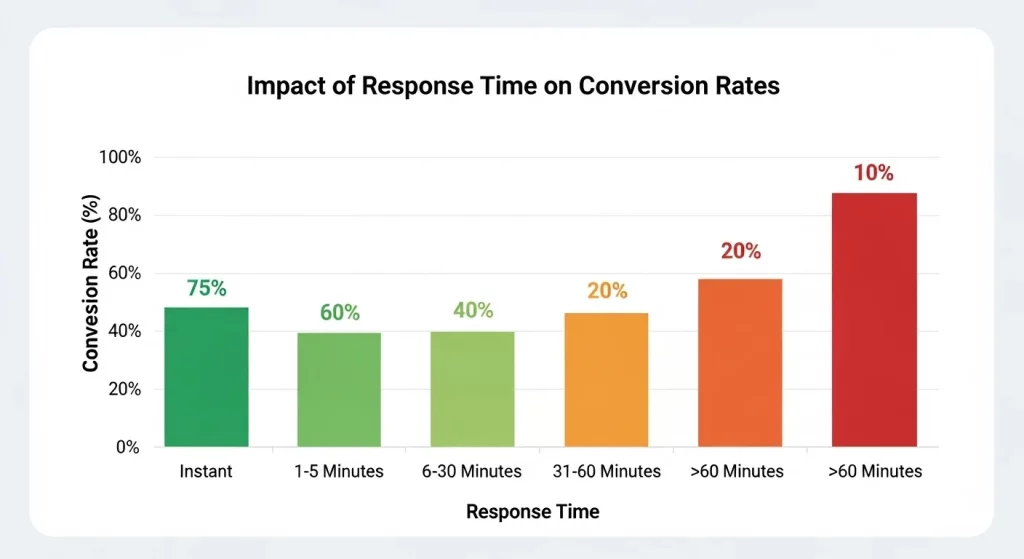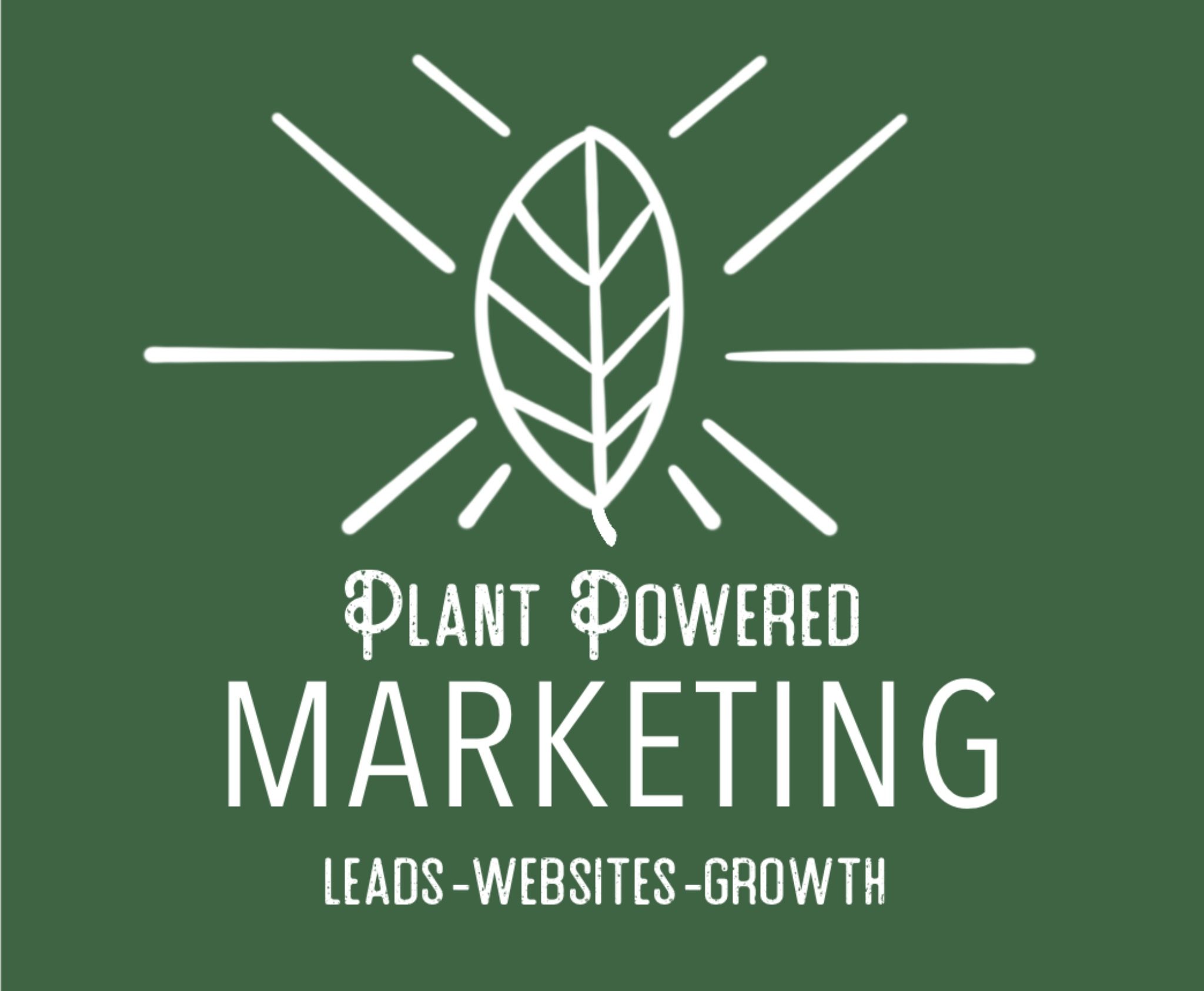The journey of a lead in professional services follows a defined path from the moment of first contact to client acquisition. The decisive factor lies in how effectively each stage is managed — from capturing attention online to building trust and converting interest into commitment. Early steps such as search visibility, online reputation, and accessible communication determine whether a potential client proceeds or disengages. This article explains the process in detail, supported by practical insights and data drawn from direct business experience.
Industry studies show that nearly 74% of consumers use Google to evaluate local businesses before making contact (BrightLocal, 2024). The pathway from click to client in professional services is both structured and measurable. By understanding the technical and human factors at each stage, businesses can improve conversion rates while sustaining long-term credibility.
Key Stages in the Lead Journey
Initial Discovery
Most leads originate from search engines, directories, or targeted campaigns. Visibility at this stage depends on effective SEO and optimized Google My Business listings.
Engagement and Consideration
Once a user clicks, the experience on the website or social platform becomes critical. Clear messaging, user-friendly design, and relevant content encourage deeper exploration.
Trust Building
Reputation signals such as reviews, testimonials, and social proof influence decision-making. Clients often compare multiple providers before reaching out.
Conversion to Client
The final step involves contact forms, calls, or scheduling systems. The ease of this process and the responsiveness of the business determine whether interest becomes commitment.
Technical Process Overview
| Stage of Lead Journey | Key Technical Elements | Data Points/Benchmarks |
|---|---|---|
| Initial Discovery | SEO, Google My Business, Ads | 68% of local searches lead to contact within 24 hours (Google, 2024) |
| Engagement and Consideration | Website speed, navigation, UX design | Bounce rates drop 30% with optimized design (HubSpot, 2023) |
| Trust Building | Reviews, reputation management | 87% of consumers read online reviews before contacting (BrightLocal, 2024) |
| Conversion to Client | Contact forms, CRM, response time | Response within 5 minutes improves conversions by 400% (LeadSimple, 2023) |

Factors That Influence Lead Success
- Speed of Response: Faster replies consistently outperform delayed follow-ups.
- Transparency of Information: Clear service descriptions reduce hesitation.
- Consistency Across Platforms: Inconsistent information damages credibility.
- Local Context: In Vancouver, WA, businesses with locally optimized profiles rank higher in “near me” searches, directly influencing lead volume.
Bonus Tip: Create location-based content that answers local queries to capture higher-intent traffic.
Things to Evaluate Before Deciding
- Is the website technically optimized for mobile and desktop?
- Are client reviews managed and regularly updated?
- Does the business have a defined process for lead follow-up?
- Are analytics in place to measure performance at each stage?
Services That Support the Lead Journey
- Google My Business Management: Accurate profiles improve local discovery and trust signals.
- Professional SEO Services: Optimization drives qualified traffic and higher rankings.
- Reputation Management: Active monitoring and response to reviews build credibility.
- Website Development: Structured, user-friendly sites reduce friction and improve engagement.
Common Questions Before Choosing a Provider
What is the average response time for new leads?
A response time within the first five minutes significantly increases the chance of conversion. Providers that delay follow-ups risk losing potential clients to competitors who reply faster.
How many reviews are available, and are they recent?
Recent and consistent reviews demonstrate ongoing credibility. A provider with frequent positive feedback signals reliability, whereas outdated reviews may suggest declining performance.
Is the website secure and easy to use?
A secure website with HTTPS encryption protects client data and establishes trust. Easy navigation, fast loading speeds, and mobile optimization ensure users stay engaged rather than abandoning the site.
Does the provider have case studies or verifiable results?
Case studies with measurable outcomes, such as improved rankings or lead volume growth, validate expertise. Providers should supply evidence of results rather than vague claims.
Key Takeaways
The path from click to client depends on technical readiness, credibility signals, and structured follow-up. Businesses that respond quickly, manage their reputation, and provide accessible digital experiences consistently achieve stronger results.
Take the Next Step
To move from clicks to confirmed clients with confidence, connect directly through Plant Powered Marketing. For further guidance, reach out via email at [email protected] or call +1 360-519-5100. A direct conversation can clarify the next steps for building a stronger lead process.
Frequently Asked Questions
How can lead quality be improved?
Refining targeting criteria and keywords helps filter out low-value leads.
What systems track leads effectively?
CRM software with automation ensures no contact is lost.
How do reviews influence retention?
Positive experiences shared publicly increase repeat business likelihood by over 70% (Harvard Business Review, 2023).
What metrics measure success?
Conversion rate, client lifetime value, and response time are core indicators.
How does seasonal demand affect leads?
Local businesses often see a 20–30% seasonal fluctuation in Vancouver, WA, making year-round planning important.
- How to Build a Strong Brand Voice on Social Media? - August 16, 2025
- From Click to Client: The Journey of a Lead in Professional Services - August 16, 2025
- How Vancouver, WA Businesses Can Improve Online Reviews with Digital Strategies - August 16, 2025

